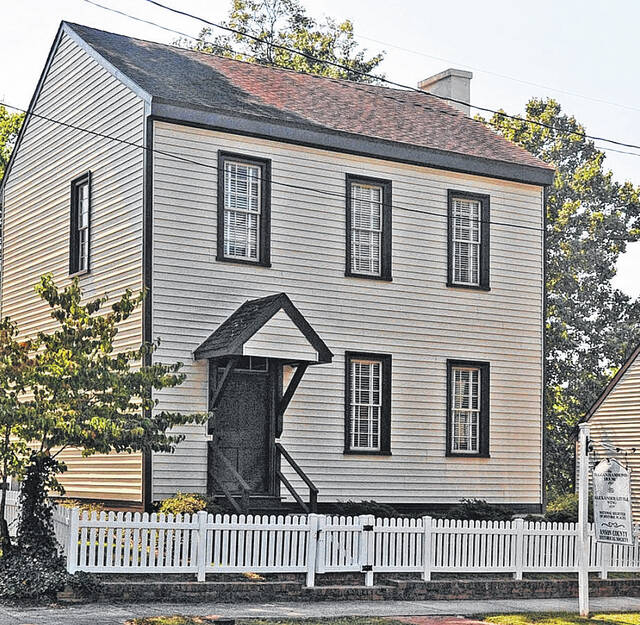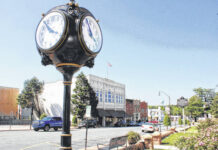
The Boggan Hammond House is credited with being the first historic building in the county to be restored and was added to the National Register of Historic Places in 1972.
File image
ANSON COUNTY — Founded in 1750, Anson County is full of historical places, including homes, farms, and well-kept graveyards honoring the people and families who not only called Anson home, but also made it a place future generations to proudly call home as well.
Despite the progress of time, much of life in Anson County has remained the same — people are born, they live, they die, and they leave behind an undefinable mark on the land.
Two such homes still bearing the mark of those who came before us are the Boggan Hammond House and the Barrett Faulkner House. The former, located at 208 East Wade Street in Wadesboro, is valuable to the community as it represents the home of the town’s founder, a marriage, and new life.
Built in the 18th century by Captain Patrick Boggan for his daughter Nellie’s marriage to William Hammond, the home is now a historical museum maintained by the Anson County Historical Society and is available for guided tours. To make an appointment, call (704) 694-6694. The interior design of the home remains true to the era in both furniture and color scheme. The Boggan Hammond House is credited with being the first historic building in the county to be restored and was added to the National Register of Historic Places in 1972.
Captain Boggan donated the land for the town of Wadesboro, originally chartered as “New Town” in 1783. He and his brother-in-law Col. Thomas Wade were both famous Revolutionary patriots. Initially New Town consisted of 70 acres of land, purchased by Boggan, and the streets were named after other famous war revolutionaries. It is only fitting that the former site of its birth is Wadesboro’s main business section today.
Sitting on 5.3 acres is the Barrett Faulkner House located at 2063 Monroe-White Store Road near Peachland. The home was remodeled in 1847 in the Greek Revival style featuring painted white columns designed to remind one of the imposing white marble columns used in the temples of ancient Greece, such as is most famously visible at the Parthenon. The home is the only one in Anson County to be uniquely built featuring the dog trot plan, a style of architecture where the home is divided by a hallway or breezeway into two individual living spaces. Barrett Faulkner House was added to the National Register of Historic Places in 2012 and is no longer open for tours.
Anson County is widely known for its picturesque farmland and neither the Billy Horne Farm nor the Chambers’ Morgan Farm disappoint!
Located near Polkton, the Billy Horne Farm was added to the National Register of Historic Places in 1989. The site features several structures including the family home built in the federal and vernacular Greek revival style. The home was built with a weatherboard-frame and is a two-story dwelling. The federal style of architecture was popular for American homes from 1780-1840 and it is most often described as “Classic Georgian meets Roman architecture.” The design was most commonly found inside of port or capitol cities, and very rarely throughout the Mid-west areas of the country. Other structures on site are 19th century-built corn crib granary, carriage house, and a cemetery.
Located near White Store Road, the Chambers Morgan Farm was added to the National Register of Historic Places in 1996. Located at the site is the Chambers Morgan House, which was built in 1829 in the Greek Revival style of architecture. Also on scene is a blacksmith shop, a lighthouse, car shed, two corn cribs and a barn. Additionally, there is a well, pump house, two ponds, and a cemetery that was active from 1830 until 1866.
Another local graveyard steeped in history is the Westview Cemetery located on the west side of town. The graves sit on a five-acre parcel of land and is the burial site mostly for African American Ansonians. The Smith Family, who owned the initial first acre of the cemetery, used the land as their own family plot, their graves marked by an obelisk.
More information on these historical sites, as well as many others in the area can be found at the Anson County Historical Society located at 206 East Wade Street in Wadesboro.



